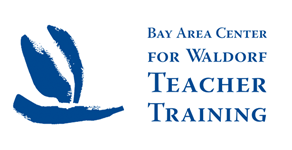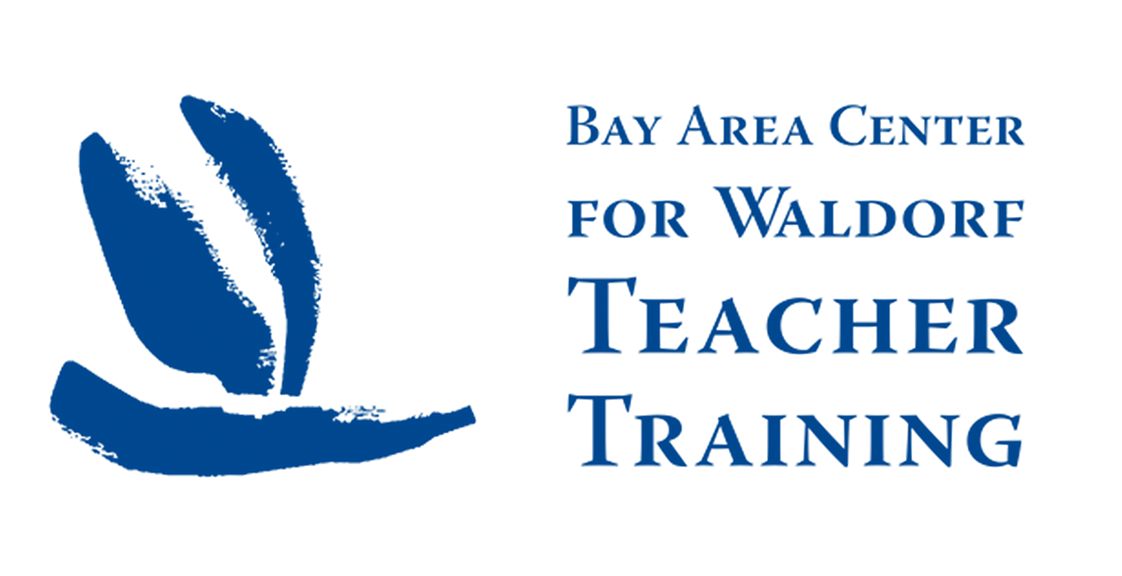Dear BACWTT Students, Alumni and Colleagues,
I hope you are safe, well and adjusting to the new normal based on ‘shelter in place’ and ‘social distancing’.
This email is a way to make up for the fact that we are not able to meet in person for our weekly Town Meeting.
Here is the Calendar of the Soul for this week:
Verse 51
Into our inner being
The riches of the senses pour.
The Cosmic Spirit finds itself
Reflected in the human eye,
Which ever must renew its strength
From out that spirit source.
I have searched for a different translation of the verse this week, checking a number of different versions to try to get to the essential ideas. This one from Rudolf Steiner Archive seems the most clear. I think this is the only Calendar of the Soul verse where the ‘human eye’ is mentioned. We are so used to hearing about the ‘human I’ that this reference to the eye comes as a surprise or instead we might be inclined to skip over it.
And yet there is something right about this attention to the eye at this time of the year. As the verse points out – the riches of the senses, the growing of nature, the changes in the light – pour in especially through the eye right now.
The eye is a very peculiar organ. It is most nerve like, transparent, and also like the nerves – not very alive – blood flow through the eye is limited so that it can remain transparent and serve the light and images that stream through it. It’s as if the light pours directly in through the eye along the optic nerve and into the brain. I know it isn’t that simple but there is that character in its action. The eye – as the most nerve like organ is the sense organ where we are most awake, most conscious. Like the nerves it tends towards the lifeless and to the bio chemical-electrical in its action. The eye hardly grows during childhood but comes almost fully formed and adult sized at birth.
Compare the action of the eye to the ear, which catches sound from vibrations of air on the drum like membrane, passes them through the mechanical movements of bones and into the liquid of the cochlea then to the movements of the tiny hairs that translate these watery movements into nerves impulses.
By comparison we can gain a sense for the stillness and openness of the eye.
The second part of the verse takes us in another direction – the spirit is reflected in the eye and the eye must renew itself from out of that
source. This opens the question of what we actively do with our eyes, how we live in them, through them, activate them. What do we look at? How do we look?
Rudolf Steiner gives an idea about seeing or looking as an activity of will – The eye actually reaches out as if with many hands to touch the things we are looking at. Seeing is a kind of touching. Perhaps this leads us to the essence of this verse and its relevance at this time of year. The need to activate our will in our senses.
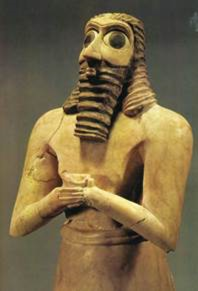
This sculpture from Ancient Mesopotamia, that I frequently show during Art History classes, captures something connected to this thought about the eye. Are the eyes of the figure actively looking? Are they open to receive impressions? Are they open to allow the gods to look through and into them?
The figure also holds tightly onto a vessel with its hands in front of its chest, and we can see the effort or will to hold this carefully in place while the eyes stay open and perceptive/receptive. The vessel is usually shown holding liquid, water, the precious stuff of life and the activity in the eyes is intimately connected to this holding/praying receiving of this gift of life.
Moving through the cycle of the year – even during times of extraordinary events and global crisis as we are in now, our health depends upon a delicate balance of the relationship of our inner processes and those that are happening in nature around us. Right now, as the photo I just took below shows, we are in an interesting weather time, unusual for Northern California, of quickly changing skies. An art teacher colleague of mine calls these ‘Rembrandt skies’ after his interest in the dramatic interplay of light and dark, of clouds and sun and rain. In a certain way what is happening in the skies outside our homes mirrors what is happening in our ‘eyes’ and in our organism and our inner life as we adjust to the changing season – a dramatic shifting pattern of light and dark as we work through this equinox moment of the year, finding a new balance.

It might be a wonderful and health promoting activity to spend some time this week observing the changing sky, sketching with a gray pencil or charcoal.
It will exercise the eye and stimulate the inner play of light and dark.
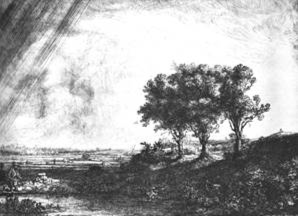
One of the side effects of ‘Shelter in Place’ and ‘Social Distancing’ and ‘Distance Learning’ that schools and colleges are rushing to implement – is the exponential growth in screen time. Of course this technology is a wonderful way for us to ‘stay connected’ without the risk of spreading virus – but at the same time we should be conscious and observant of the effects – side effects – of more exposure to this medium. In relation to this week’s verse the effects that screen time has on our eyes, which as well as being a sense organ, seems to be a delicate instrument of balance and of connectedness with nature must be considered.
Study of Man Lecture 5 Rudolf Steiner
“For instance, let us look at the human eye. If we look at it in its totality we shall see that the nerves are continued right into the eye itself; but so also are the blood vessels. The presence of the nerves enables the activity of thought and cognition to stream into the eye of the human being; and the presence of the blood vessels enables the will activity to stream in. So also in the body as a whole, right into the periphery of the sense activities, the elements of will on the one hand and thought or cognition on the other hand are bound up with each other……
….As we have already said, in cognition, in mental picturing lives antipathy. However strange it may seem, everything connected with mental picturing, with thought, is permeated with antipathy. You will probably say, “Yes, but when I look at something I am not exercising any antipathy in this looking.” But indeed you do exercise it. When you look at an object, you exercise antipathy. If nerve activity alone were present in your eye, everything you looked at would be an object of disgust to you, would be absolutely antipathetic to you. But the will, which is made up of sympathy, also pours its activity into the eye, that is, the blood in its physical form penetrates into the eye, and it is only by this means that the feeling of antipathy in sense-perception is overcome in your consciousness, and the objective, neutral act of sight is brought about by the balance between sympathy and antipathy.“
I think there is enough research for us to know in general that screen time in not good for the eyes. Among other things they become passive, the will element becomes weaker. Researchers have found that is harder retain information learned through a screen than with a pen and paper.
We will have to take extra care now with distance learning if this means more screen time.
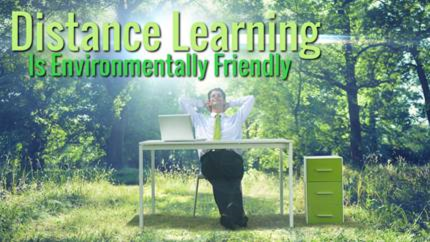
Ken
Kenneth Smith, Director; BACWTT
